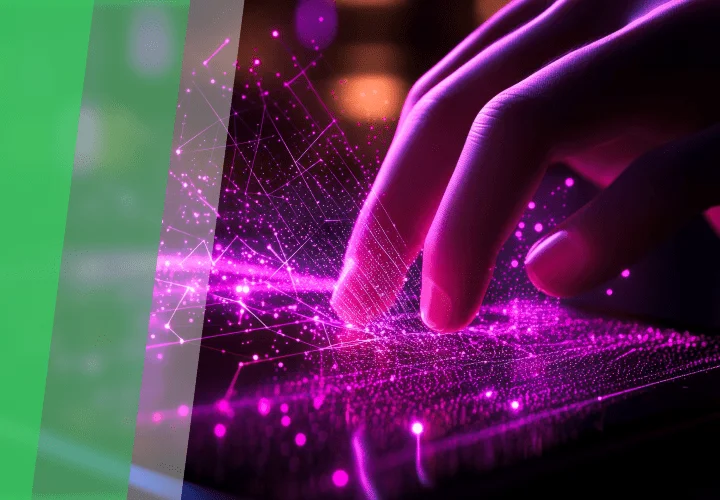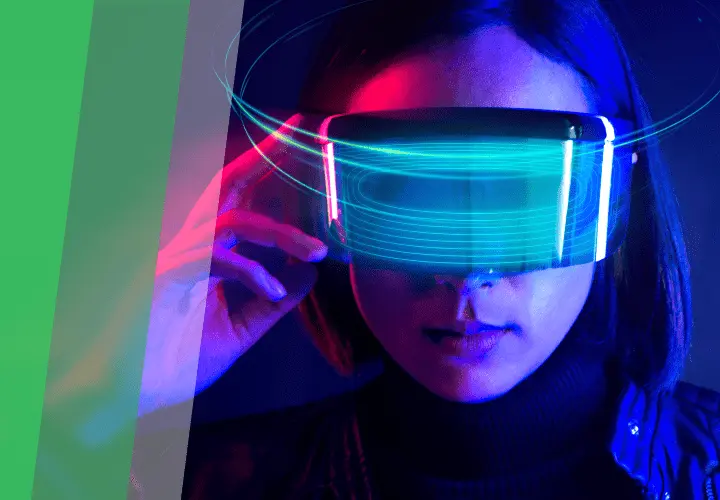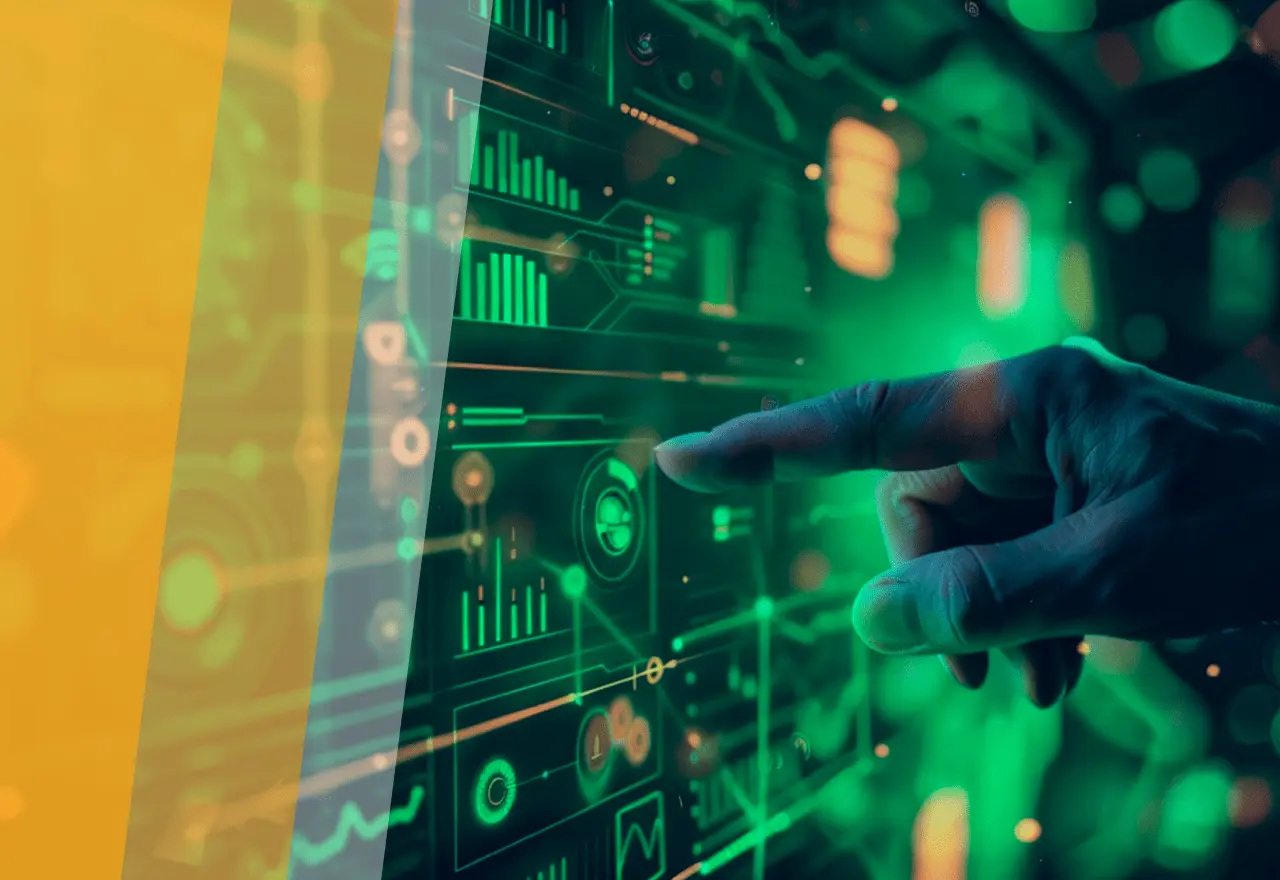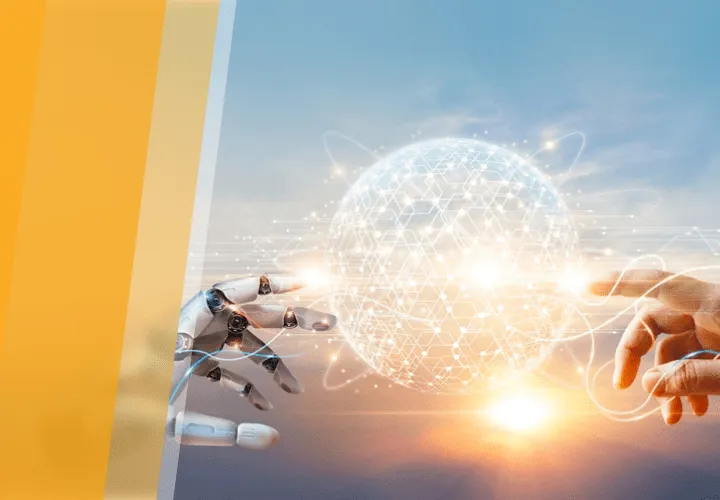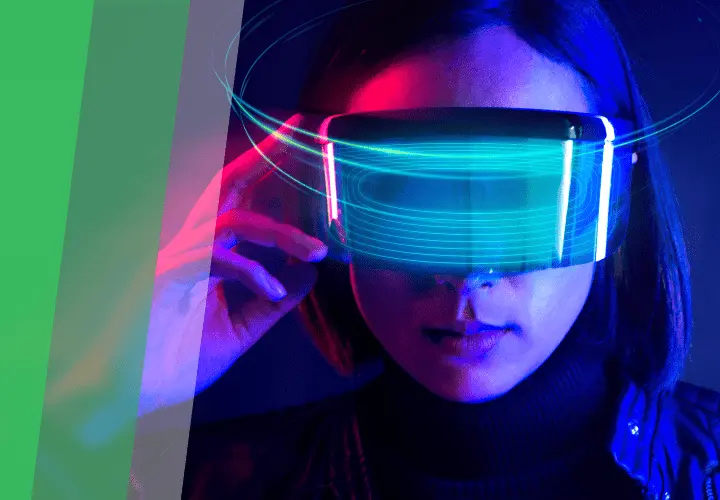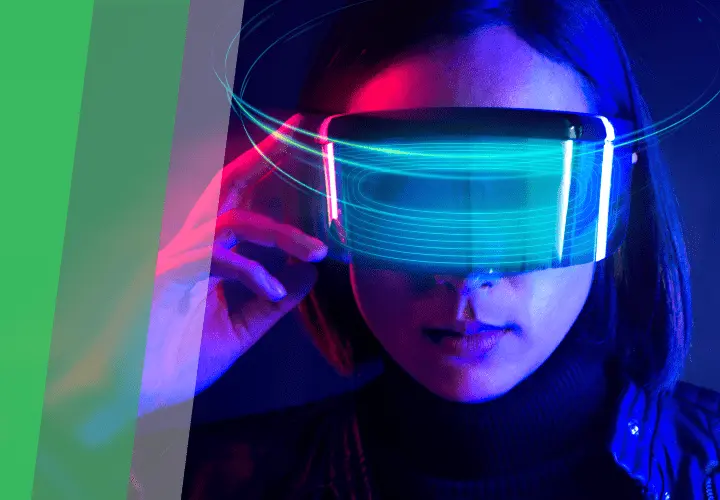Enhancing eLearning With 3D Models
Table of contents
- What Is 3D Modeling and Why Is It Popular in eLearning?
- How Can 3D Modeling Help Improve Education or Learning Results?
- Enhanced understanding
- Source of motivation
- Inclusive learning
- Where 3D Models Can Be Implemented: Use Cases
- Virtual/physical interactive museums
- Medical training
- Educational courses and apps
- 3D gamification
- Conclusion
Technology companies invest significant resources and effort into developing innovative technology to enhance people's lives and daily routines. One such area where new tech solutions can play a crucial role is education.
The traditional paper-based approach to education may be ineffective, especially for kids who are growing up in the era of technology. Additionally, the growing number of ADHD diagnoses among students has highlighted the need for more engaging and interactive ways of teaching and educating.
That's why the education sector needs new ways of presenting information to students. One such solution is 3D models, which can help students better understand complex concepts and engage with their education. In this article, we'll explore how 3D modeling can revolutionize education and improve learning outcomes. We will also discover why it's becoming increasingly popular in elearning, and uncover different areas where these models can be implemented.
What Is 3D Modeling and Why Is It Popular in eLearning?
3D modeling refers to the process of using specialized software to create digital representations of objects or surfaces with three dimensions. 3D models have a diverse range of applications, from simulating the dissection of biological specimens to illustrating complex mathematical concepts. 3D models also have the potential to generate immersive and participatory learning opportunities, enabling students to engage with, and manipulate, objects in a simulated environment.
Unlike 2D modeling, where the objects are represented as flat shapes, such as circles, squares, or rectangles, and can only be viewed from one angle, 3D models provide a more immersive experience. For example, with a 3D model of the human body, students can view internal organs from all angles, interact with the model to explore the functions of each organ, and even simulate medical procedures. In contrast, a 2D illustration may only show one or two views of the organs, limiting students' understanding of their functions and interactions.
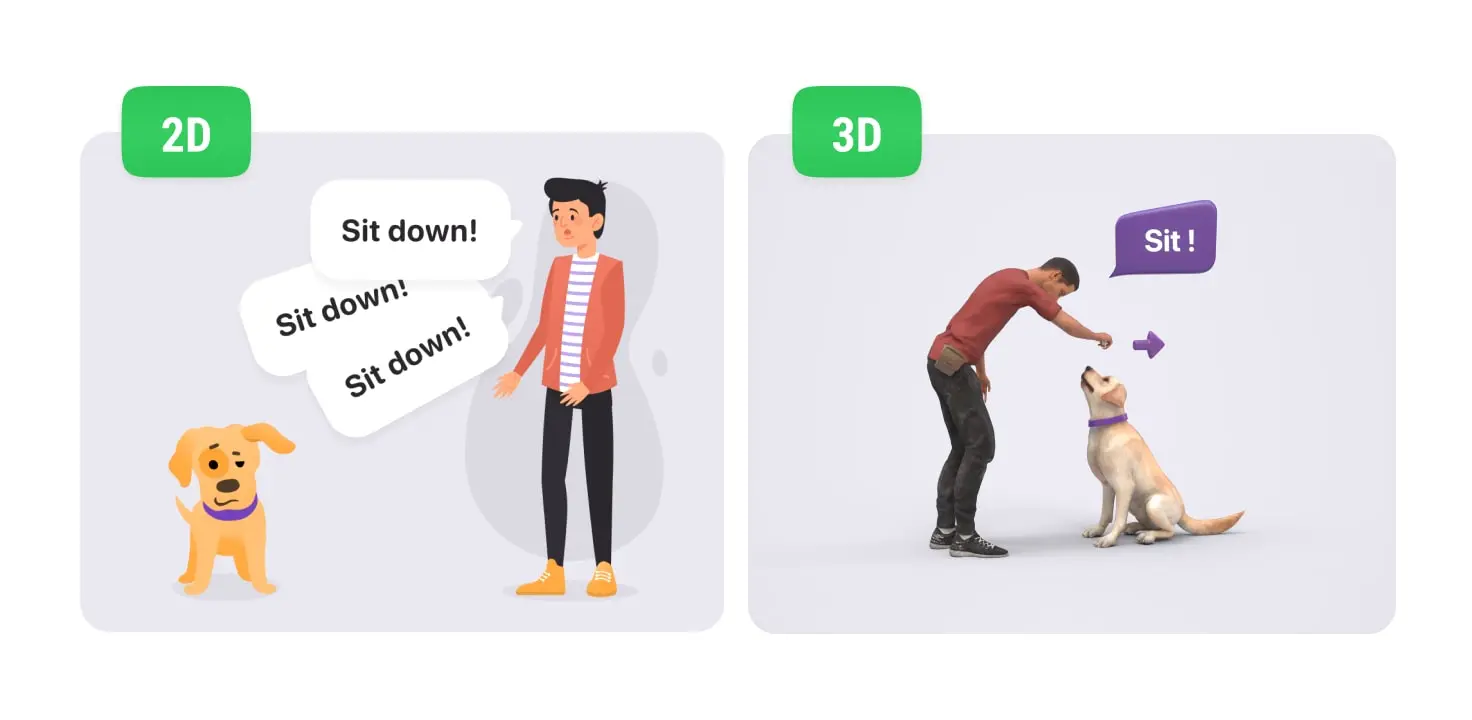
The utilization of 3D data and technologies provides a lifelike representation of the original source material, allowing for direct access to the physical objects rather than relying on written descriptions or analyses found in conventional academic resources such as books and journal articles. All real-world objects can be digitally reproduced and integrated into the curriculum. This makes 3D modeling a powerful tool for improved learning.
How Can 3D Modeling Help Improve Education or Learning Results?
The utilization of 3D modeling in eLearning has shown promising potential for improving learning outcomes. Let’s discover its benefits.
Enhanced understanding
3D models provide a tangible representation of complex concepts, making them easier for students to comprehend. Whether visualizing a human body's structure or exploring chemical elements, 3D models offer a more immersive and interactive learning experience.
During the study conducted with Czech students from middle and high schools, researchers found that 3D animations and models positively affect students. For example, during one of the experiments, students completed knowledge tests before and after using the technologies in their chemistry and natural sciences classes. The results demonstrated that students in the experimental group (EG) performed significantly better than those in the control group (CG) in posttests, indicating the effectiveness of incorporating 3D-based learning aids.
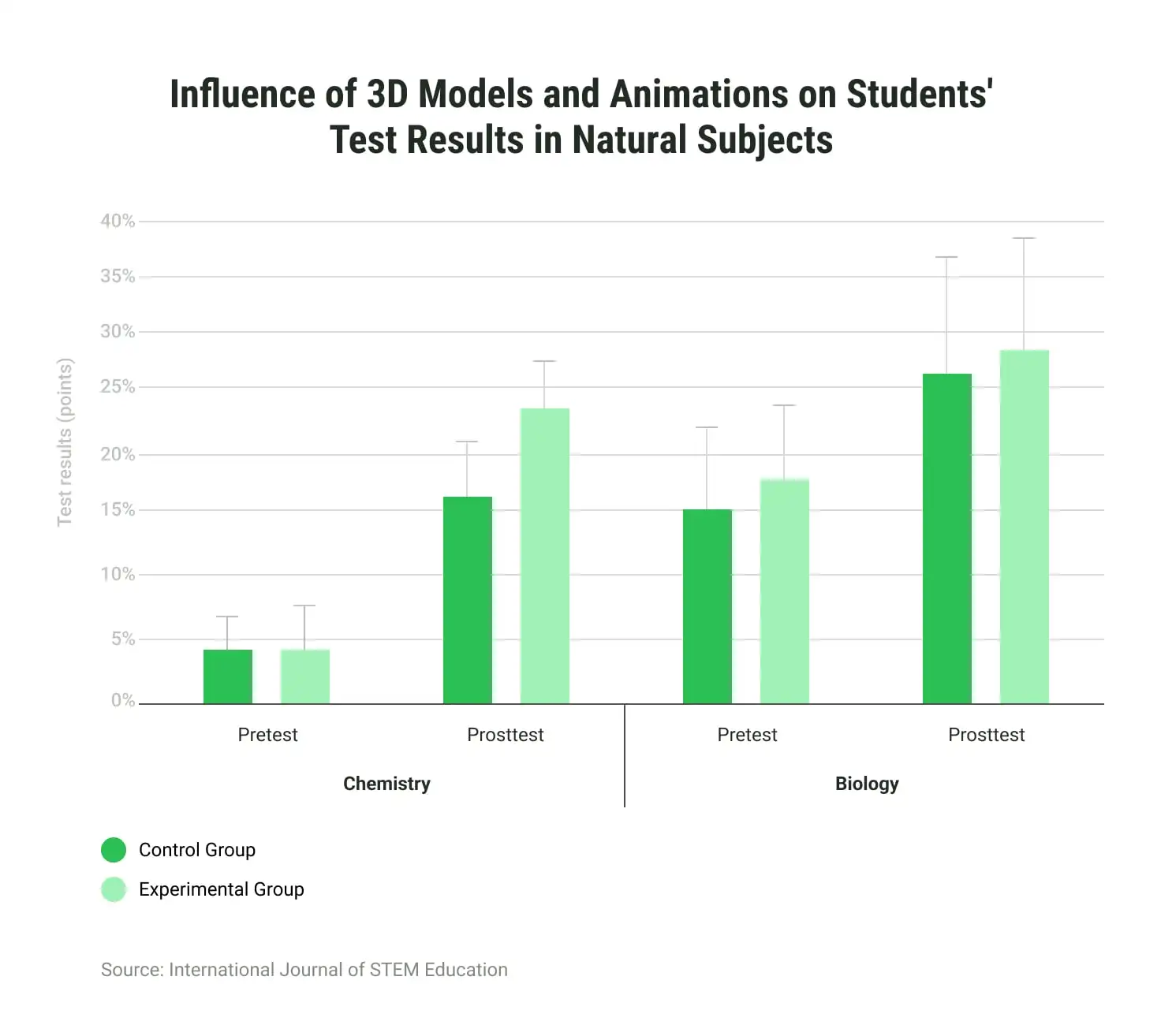
How does 3D technology improve learning results? To understand the hard sciences, such as chemistry, physics, anatomy, and architecture, you need a high level of abstraction and visualization. The utilization of 3D models and animations presents a valuable means of enhancing comprehension of abstract concepts. They:
- Allow students to virtually manipulate and interact with objects and explore new things in ways that may not be possible with physical objects.
- Help students develop spatial reasoning skills, allowing them to grasp concepts related to shape, size, and spatial relationships.
- Enable students to bridge the gap between theoretical concepts and real-world applications.
Consequently, integrating these tools enhances the overall understanding of the subject matter, leading to improved outcomes during the evaluation phase of the educational process.
Source of motivation
Interactive learning experiences, including those involving 3D technology, can create excitement about learning and help improve learning retention.
Engaging courses powered by innovative multimodal teaching tools, including 3D models and animations, have been found to be one of the key sources of motivation among medical students in Canada. A study focusing on an eLearning course on congenital heart defect anatomy revealed that 88.5% of students were highly motivated and expressed satisfaction with the courses powered by 3D models and other virtual tools. They found them enjoyable, interesting, and well-matched to their learning needs.
The main conclusion of the research is that incorporating 3D models and animations into the learning course not only enhances students' comprehension of complex concepts but also contributes to a more immersive and enriching learning experience overall. Students exhibit a greater motivation to learn the course contents when presented with interactive and visually stimulating resources.
Inclusive learning
3D models can cater to different learning styles and accommodate diverse student needs. Visual learners can benefit from visual representation, while tactile learners can engage with virtual objects. Furthermore, 3D models can assist students with learning disabilities by providing alternative and accessible ways of learning.
For example, 3D can be used to create virtual classrooms. What is a virtual classroom? Virtual classrooms are digital learning environments that simulate traditional classrooms and provide an immersive and interactive experience for students and teachers. By utilizing 3D modeling and virtual reality (VR) technologies, virtual classrooms can replicate the physical classroom setting, complete with avatars representing students and teachers, interactive whiteboards, and customizable virtual learning materials.
Virtual classes powered by 3D technology benefit disabled individuals by providing immersive and accessible learning experiences. Through 3D models and simulations, visually impaired students can explore concepts through touch or audio descriptions. Virtual classes also eliminate physical barriers, enabling participation for those with mobility challenges. These innovations enhance accessibility and inclusivity, empowering disabled individuals in their educational journeys.
Where 3D Models Can Be Implemented: Use Cases
As mentioned previously, all real-world objects can be digitally reproduced and integrated into the curriculum, making 3D technology a powerful tool applicable across various domains. In the world of eLearning, 3D modeling offers limitless opportunities to enhance learning experiences. Keep reading to explore the popular use cases of 3D in eLearning and its transformative potential in revolutionizing education.
Virtual/physical interactive museums
One application of 3D technology is presenting art and cultural heritage in virtual museums. These virtual spaces aim to disseminate art online, showcasing digital archives, photographic records, and information about real-world museum collections. This approach enhances accessibility by granting the public access to inaccessible environments and cultural artifacts. 3D modeling can also be used in physical museums, facilitating interactive simulations, without risking damage to valuable physical objects.

Medical training
One of the areas where 3D modeling is most often used is medical training. Doctors worldwide frequently rely on imaging from CT and MRI scans, which provide a 3D data set but are traditionally viewed in 2D format, leading to varying interpretations. Radiologists spend their careers analyzing complex 2D images and conveying information to other clinicians who may not have the same expertise.
However, emerging technologies like augmented reality, virtual reality, and holographic displays offer a solution. 3D modeling makes anatomical images more intuitive for clinicians across specialties, resulting in improved diagnoses, surgical planning, education, and overall outcomes.
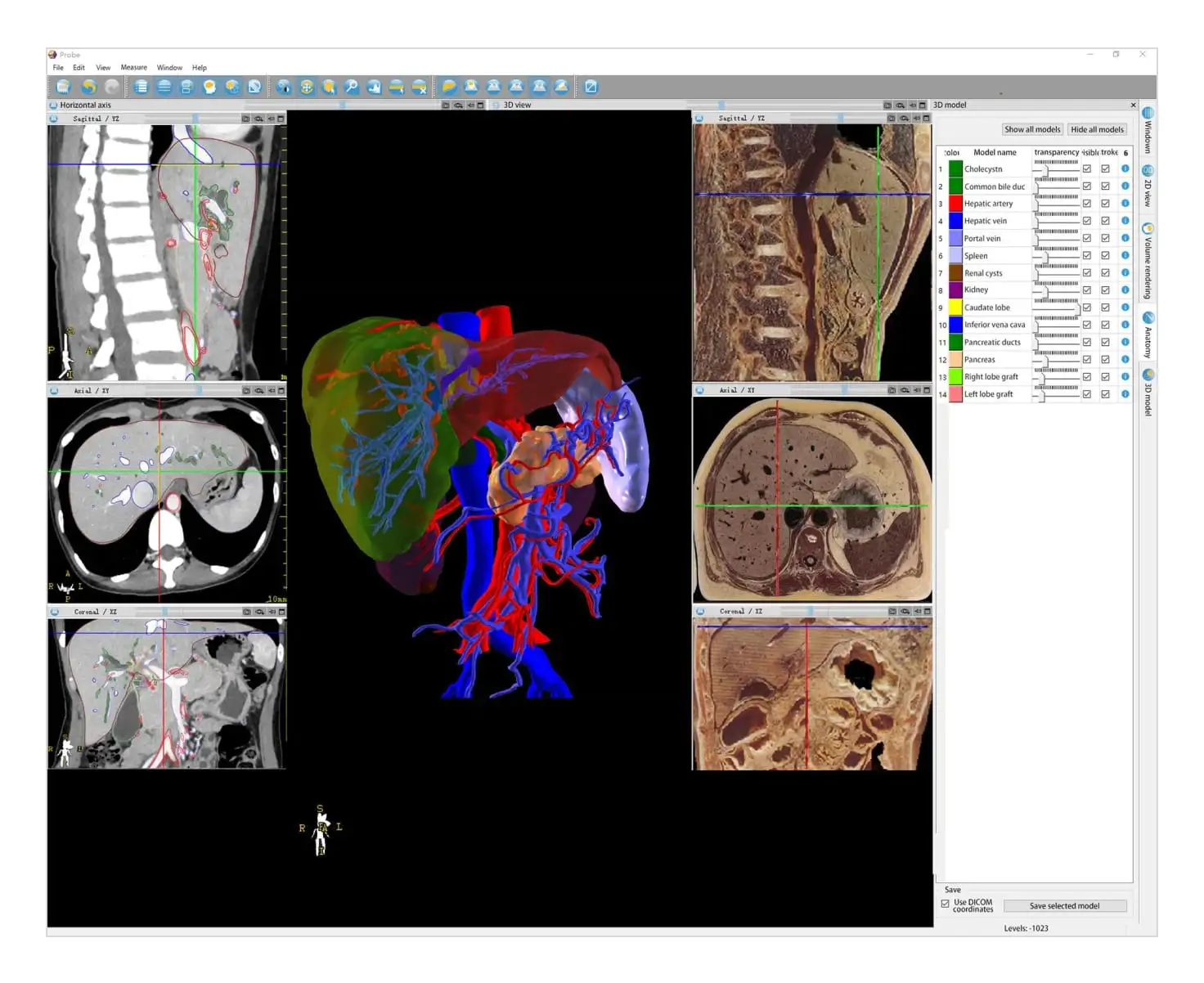
Wannan Medical College conducted a study that involved 460 students specializing in medical imaging. The researchers combined anatomy with imaging, transforming 2D information from various imaging modalities such as CT, DR, MRI, and SPECT into 3D representations. During the experiment, two groups of students were learning essential materials using 2D and 3D imaging. The study results revealed significant improvements in both theoretical and case analysis scores for the experimental group compared to the control group.
Educational courses and apps
3D technology can be applied to any educational course and web or mobile application. This includes images, enhancing the learning process, and providing students with a deeper understanding of complex concepts. They can explore, manipulate, and understand concepts in a way that traditional 2D methods cannot replicate, ultimately enhancing their educational journey.
For example, you have a Physics course that requires a lot of schemes and images. Instead of representing the traditional electrical scheme, you can create a 3D scheme, which is more detailed and straightforward.

3D gamification
3D gamification in education combines the motivational aspects of gamification with immersive 3D technology, creating engaging learning experiences. It boosts motivation, engagement, and learning outcomes by providing real-world context and multi-sensory experiences and fostering collaboration.
One notable example of 3D gamification in science education is Immersive Labz's virtual laboratory called "Simulab." Simulab offers students hands-on practical experience with real equipment in a virtual setting. Through gamified scenarios, goal-oriented challenges, and the use of technologies like virtual reality (VR), students are immersed in interactive and dynamic experiments.
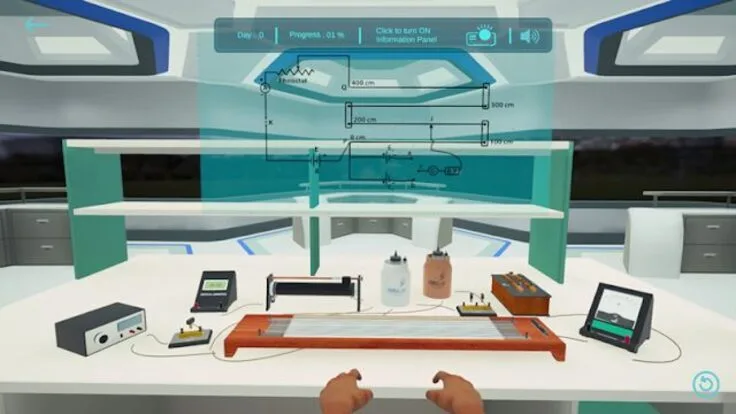
Conclusion
In conclusion, the integration of 3D models in eLearning courses has the power to significantly improve learning outcomes. By leveraging the capabilities of 3D technology, students can better understand complex concepts, stay motivated, and engage with their education in a more immersive way.
At Emerline, we specialize in 3D design and eLearning development services. Our team of experts can create highly realistic and interactive 3D models that bring educational content to life. By partnering with us, you can harness the power of 3D technology to transform your eLearning courses and provide students with a more engaging and effective learning experience.
With our innovative solutions, you can captivate learners' attention, facilitate a better understanding of complex concepts, and foster a love for learning. Contact us today to explore how our 3D design and eLearning development services can revolutionize your educational offerings and propel your students toward greater success.
Published on May 25, 2023
